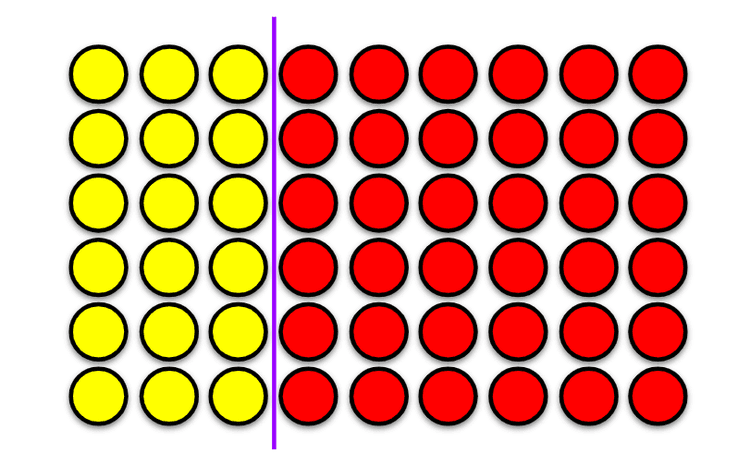Myths about teaching can hold you back
- Year 4
Use knowledge of the distributive law to solve further two-part problems
I can use knowledge of the distributive law to solve two part subtraction problems efficiently.
- Year 4
Use knowledge of the distributive law to solve further two-part problems
I can use knowledge of the distributive law to solve two part subtraction problems efficiently.
These resources will be removed by end of Summer Term 2025.
Switch to our new teaching resources now - designed by teachers and leading subject experts, and tested in classrooms.
These resources were created for remote use during the pandemic and are not designed for classroom teaching.
Lesson details
Key learning points
- Partitioning a factor is called distribution or using the distributive law.
- Partitioned factors can be subtracted to simplify two-part subtraction problems.
- Eight 9s subtract three 9s is equal to five 9s.
Keywords
Common factor - When we compare lists of factors of two or more numbers, any factors that are the same are the common factors.
Distributive law - The distributive law says that multiplying a number by a group of numbers added together is the same as doing each multiplication separately.
Common misconception
When looking at an expression such as 5 × 6 − 5 × 3 children might be tempted to subtract first leading to an expression like this: 5 × 1 × 3
Ensure that you support the equation with the arrays so that pupils understand where the multiplication expressions come from and they can match the partial products to the arrays.
To help you plan your year 4 maths lesson on: Use knowledge of the distributive law to solve further two-part problems, download all teaching resources for free and adapt to suit your pupils' needs...
To help you plan your year 4 maths lesson on: Use knowledge of the distributive law to solve further two-part problems, download all teaching resources for free and adapt to suit your pupils' needs.
The starter quiz will activate and check your pupils' prior knowledge, with versions available both with and without answers in PDF format.
We use learning cycles to break down learning into key concepts or ideas linked to the learning outcome. Each learning cycle features explanations with checks for understanding and practice tasks with feedback. All of this is found in our slide decks, ready for you to download and edit. The practice tasks are also available as printable worksheets and some lessons have additional materials with extra material you might need for teaching the lesson.
The assessment exit quiz will test your pupils' understanding of the key learning points.
Our video is a tool for planning, showing how other teachers might teach the lesson, offering helpful tips, modelled explanations and inspiration for your own delivery in the classroom. Plus, you can set it as homework or revision for pupils and keep their learning on track by sharing an online pupil version of this lesson.
Explore more key stage 2 maths lessons from the Apply the distributive law to multiplication unit, dive into the full primary maths curriculum, or learn more about lesson planning.

Licence
Prior knowledge starter quiz
6 Questions
Q1.Which of the numbers in the following equation is the product? 18 = 6 × 3
Q2.44 + 13 =
Q3.54 + 35 =
Q4.Which of the following expressions represents the total number of apples if I have 3 bags of 7 apples and 3 bags of 5 apples.
Q5.Which of the following expressions is the array representing?

Q6.Double 72 is ___
Assessment exit quiz
6 Questions
Q1.What is the common factor of the two multiplication expressions being added together in this equation? 6 × 5 − 4 × 5
Q2.Match the expressions that have equal value.
4 × 5
3 × 5
6 × 4


